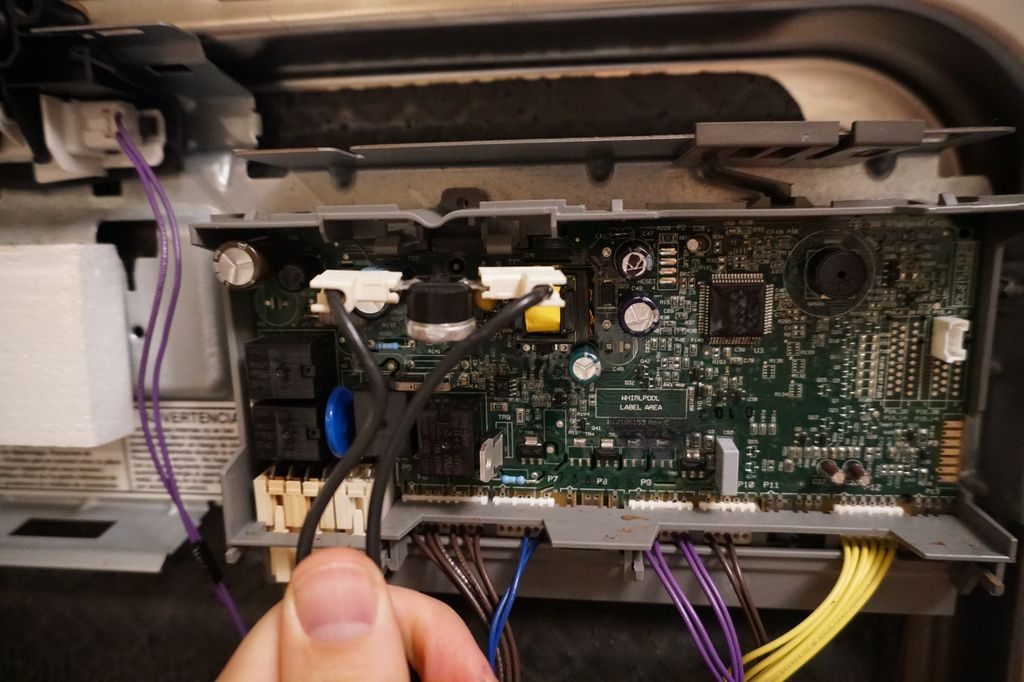After a long night of washing dishes, our KitchenAid dishwasher (Model KUDS30IXBL1) had no lights the next morning and wouldn’t turn on. I checked the breaker to see if it had tripped, but I found no indication. If the dishwasher had no power, it’s possible the thermal fuse inside has been tripped. One way to test the fuse is with a multimeter. When you set a multimeter to measure Ohms, it’s measuring a conductor’s resistance to the flow of electricity. If you get a measurement of 1, that means no electricity can flow and the fuse is blown. If you get a reading close to zero, then the fuse is good and you have a different another problem which this article won’t address.
Before doing any of this, I need to make a disclaimer. Never work on home appliances with the power on. Always turn off the power at the breaker before doing anything below.
What you need:
- Performance Tool Star Key Set
- I like this set because the T-Handle gives you more leverage when taking out a star screw that may be very tight. The other star screwdriver sets are small and flimsy.
- Innova 3320 Auto-Ranging Digital Multimeter
- You’ll need a good multimeter to test the thermal fuse for resistance
- Whirlpool Thermal fuse W10402110
- Your replacement fuse
What to do:
- Turn off power at your breaker box
- Remove the outside cover of the dishwasher be removing all star screws
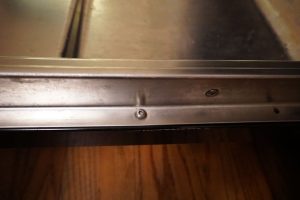
- Remove the door handle cover
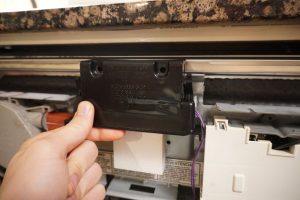
- Disconnect the cable connecting the outside control panel to the inside control module
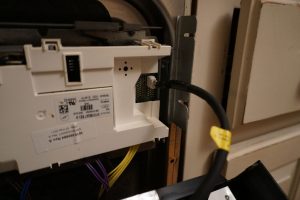
- Remove the white panel covering the control module and then find the two black wires with a round fuse in between. You’ll want to carefully remove the fuse by applying pressure to the clips above that are holding it in. Once removed, disconnect the wires from the fuse.
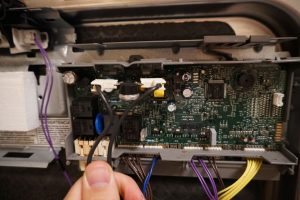
- Test the thermal fuse by using a multimeter set to Ohms. A measurement of 1 means a blown fuse that won’t carry a current while a measurement of a value close to zero means a good fuse that has low resistance the the flow of current.
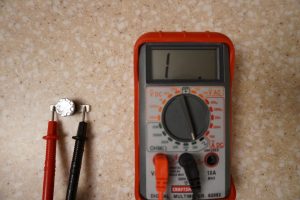
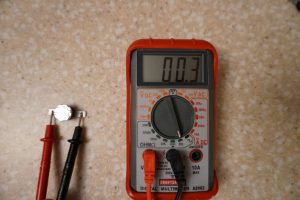
- Replace the fuse with the new one
- Reverse the steps above
- Turn on the power back at the breaker and you are done!

